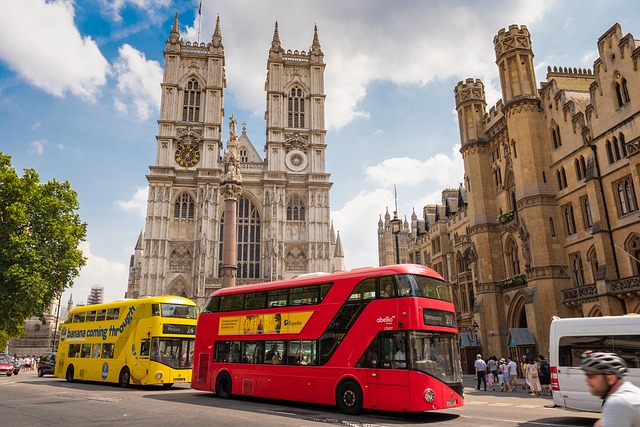Federal Motor Vehicle Safety Standards
All new charter buses serving the general public in the USA must meet strict Federal Motor Vehicle Safety Standards (FMVSS). These legal requirements govern virtually every aspect of vehicle performance in impact testing and real-world conditions. Tests evaluate roof strength, rollover risk, fuel system integrity, seat construction and mounting, emergency exits, fire safety of interior materials and more across varying crash modes. Manufacturers self-certify new charter bus models meet all pertinent FMVSS regulations before the first sale.
Frontal & Side Impact Testing
Full-frontal rigid barrier crash tests evaluate occupant protection in head-on collisions up to 30 mph. Side impact resistance testing involves huge, 3300-pound moving barriers striking buses at 19.5 mph to mimic perpendicular intersection crashes. Buses must withstand such pummeling while maintaining survival space integrity, showing no severe compartment intrusions over a foot and providing emergency egress within 90 seconds after impact.
Rollover & Roof Crush Resistance
Given their height and weight distribution, rollover risks are also assessed. Dynamic rollover tests ensure buses won’t roll over at sharp turn speeds. And massive hydraulic ram applicators exert forces equaling the bus’s full weight onto the roof. This roof crush test checks the roof withstands such topology without collapsing more than 5 inches downward to maintain occupant survival space.
Interior Impact Management
Because no vehicle can prevent all collisions, additional federal standards mandate interior padding and barriers to absorb human impact forces. This includes minimum thickness, compression strength and coverage area requirements for seat backs, other interior panels, and partitioning to slow occupants in a crash. Ceiling/wall joints must prevent inertial head injuries as well. Windows also undergo breakaway resistance testing.
Advanced Frame Engineering
Beyond meeting federal motor vehicle safety standards, today’s charter buses integrate pioneering structural designs that increase protection. This includes joined tubular steel cages or modular frames that establish designated, collapsible crush zones. So force waves dissipate through the intentional structural deformation of surrounding frames, rather than into occupants. Reinforced sidewalls channel impact energy over riders as well.
Electronic Stability Control
All motorcoaches in the USA now require electronic stability control too. This computerized system can autonomously cuts engine power and applies brakes to individual wheels when it detects imminent rollover or skids during evasive maneuvers. So it helps maintain control in situations where driver input alone may result in a serious incident.
The Takeaway
In short, specialized charter bus engineering combines with stringent federal testing protocols to maximize rider protection…
